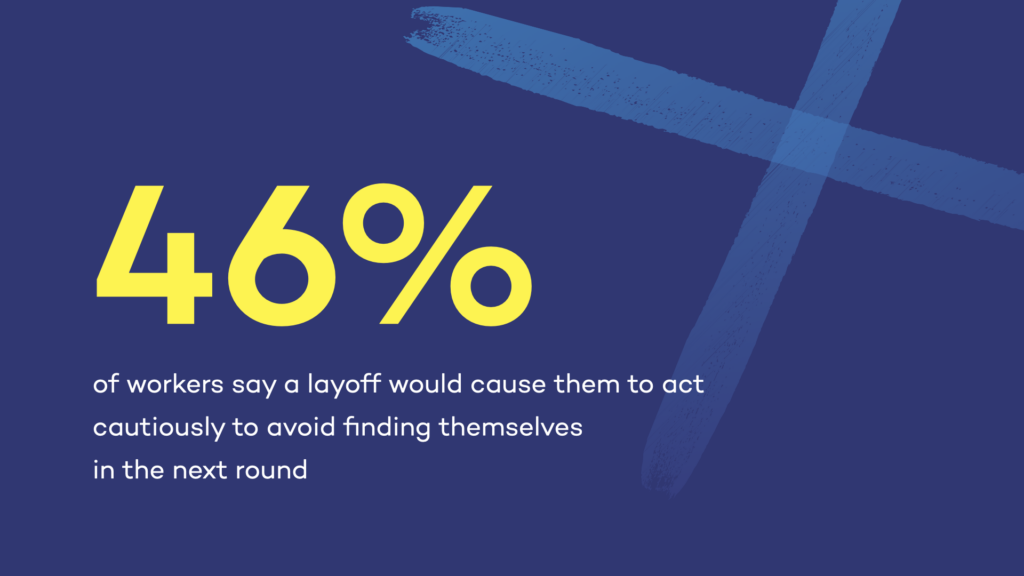Winning organizations know what employees want: Now everyone can

Simon Jones monitors the market and competitive intelligence for FinancialForce. When it comes to spotting disruption and addressing industry trends, Simon is the go-to. He is focused on helping businesses make smart, timely adjustments and apply the right strategies to turn a lemon into limoncello.
Perhaps it’s a truism, but let’s accept the reality: Human capital is the lifeblood of the services economy. When folks walk out of the building (or, in 2023, perhaps ‘set Slack to Away’), the revenue side of a services operation shuts down. As such, attracting and retaining the best talent is at the top of the priority list.
Of course, market realities have a nasty habit of disrupting even the most fundamental priority, and none more so than economic slowdowns that force every organization to assess its fixed costs. Put bluntly, when it comes time for belt-tightening, it is your largest fixed cost that will attract the most attention: people.
New research from FinancialForce shows that resisting the temptation to find savings in the workforce may be a leading indicator of future success. Our global survey, ‘Building Resilient Cultures’ reveals that workforce disruptions such as right-sizing have a range of unintended consequences, none of which are set up to help organizations smoothly exit downturns.
Don’t let the amazing get sidelined

A key finding – which was found to similar levels across North America, EMEA, and APAC – is that those team members who remain after a significant workforce disruption aren’t just shaken or disillusioned. More damagingly, 46% of all survey respondents told us that they, in fact, act cautiously so as not to catch anyone’s attention and risk being caught up next time.
Imagine – all those amazing thinkers, planners, and doers sitting quietly on the sidelines trying to be unremarkable, rather than delivering breakthroughs for their organizations, or their organizations’ customers. Not only does this energy drain reduce the likelihood of thrilling existing customers, it weakens the intensity of a group whose creativity is needed to develop the services that will drive the organization forward.
And don’t think employees aren’t aware of both what they’re doing and the implications of their actions. In a fiercely-competitive marketplace for talent, individuals may regard potential employers who have experienced recent workforce disruptions as much as 70% more negatively (depending on geographic location) – and are overwhelmingly more focused on assessing top leadership than ever before.
Learn more
Stability starts with leadership
Organizations that are holding steady have strong leadership, data-driven strategy, and, above all else, resilient cultures. McKinsey noted that “culture correlates with performance”, and workplace stability is the bedrock of culture. Indeed, our survey showed, uniformly across the geographies, that stability is generally rated higher by employees than anything else, even compensation.
The top three elements to building a resilient culture are:
- Connecting core processes to avoid miscommunication and increase efficiency
- Creating broad analytical capabilities to deliver organization-wide intelligence
- Using a single source of truth and scenario-based planning to drive agility
Delivering on these challenges to build resilient cultures takes time, attention, and investment, but fundamentally comes down to certainty: the confidence inherent in knowing the likely future outcomes of present decisions, based on data, collaboration, and scenario-based planning.
And, of course, on knowing what current and future employees value most highly about the organization they’re choosing to commit themselves to.





